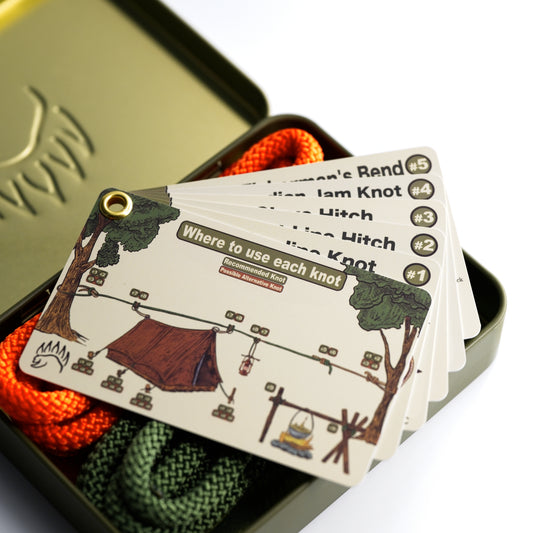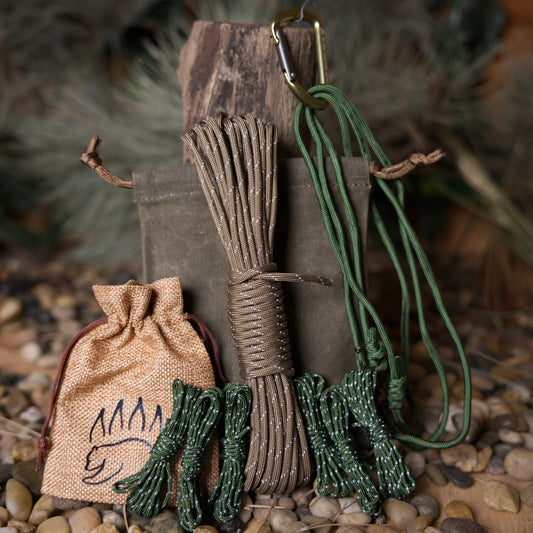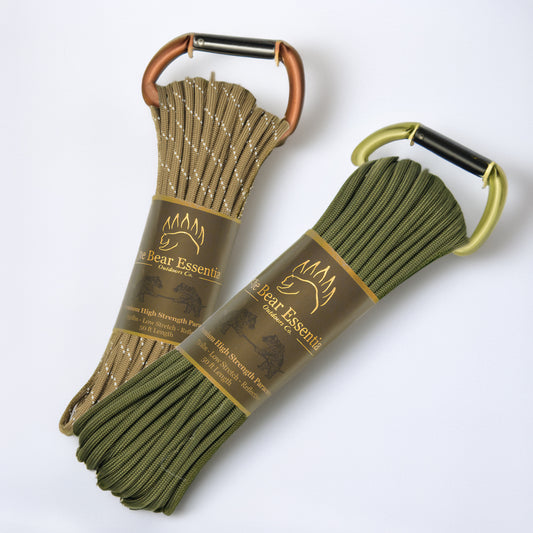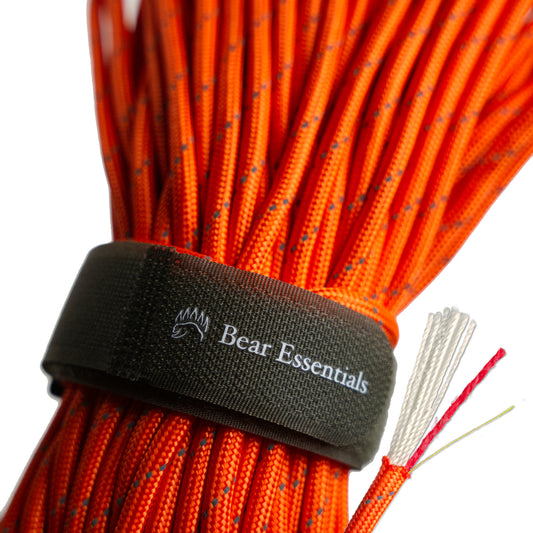How to Tie the Running Bowline
Usage
The Running Bowline is an adjustable noose knot used for retrieving objects, securing loads, or tying ropes to fixed points such as tree branches or poles. Its non-jamming properties make it ideal for marine, arborist, and rescue applications.
Why Learn the Running Bowline?
The Running Bowline’s versatility and ease of untying under tension make it indispensable in various scenarios, including retrieving objects from water, securing gear, or creating adjustable loops for rigging.
Common Uses
-
Boating and Marine Work:
- Retrieving lumber or rigging fallen overboard.
- Securing objects underwater.
- Rescue Operations: Hoisting gear or securing rescue lines in tight spaces.
- Arborist Work: Tying ropes to branches for climbing or rigging equipment.
ABOK Number
(Ashley Book of Knots)
Other Names
Type
Anchor/End Loop Knots
Self-Tightening Knots |
Notable Features
- Adjustable Loop: Creates a secure noose that tightens under tension.
- Non-Jamming: Easy to untie even after heavy loading.
- Strength Retention: Maintains the rope’s strength under strain.
Variations
-
Bowline (001) vs. Running Bowline:
- Bowline: Forms a fixed loop, ideal for creating static anchors.
- Running Bowline: Creates an adjustable noose, perfect for dynamic loads and retrieval.
-
Slip Knot vs. Running Bowline:
- Slip Knot: Quick to tie and untie but less secure.
- Running Bowline: More secure and reliable under load.
Similar Knots
Bowline vs. Running Bowline
- Pros: Simple and versatile; forms a reliable fixed loop.
- Cons: Does not adjust or tighten dynamically.
Slip Knot vs. Running Bowline
- Pros: Quick to tie and untie for temporary holds.
- Cons: Less secure and prone to slipping under load.
Honda Knot (Lariat Loop) vs. Running Bowline
- Pros: Similar noose functionality for securing objects.
- Cons: Less robust and versatile compared to the Running Bowline.
History
The Running Bowline is an ancient knot first documented in "A Four Years' Voyage" by G. Roberts in 1726. It has since become a staple for nautical, arborist, and rescue operations due to its unique ability to tighten securely without jamming.
Security Level
The Running Bowline is highly secure when properly tied, retaining the majority of the rope’s original strength. Its adjustable nature ensures reliability under various loading conditions.
Downsides
- Time to Tie: Can take slightly longer to tie than simpler noose knots.
- Careful Dressing Needed: Requires careful dressing to ensure proper function.
Structure
- Form a loop by passing the rope around the object to be secured.
- Create a small bight in the standing end.
- Pass the working end over the standing end and through the bight.
- Wrap the working end around the loop created by the standing end.
- Pass the working end back through the bight and tighten.
FAQ
What is the Running Bowline used for?
It’s used for creating adjustable nooses to retrieve objects, secure loads, or tie ropes to fixed points.
How does it compare to a regular Bowline?
The Running Bowline is adjustable, making it more versatile for dynamic applications.
Can it be untied easily after being loaded?
Yes, it’s non-jamming and easy to untie even after heavy tension.
Is it suitable for climbing?
Yes, arborists frequently use it for rigging and securing ropes to branches.
Important Notes on Safety
Always ensure the Running Bowline is properly dressed and tightened before applying load. Regularly inspect the knot in high-stakes applications, especially in rescue or arborist scenarios.









